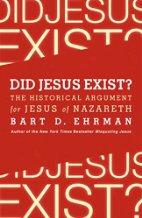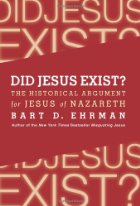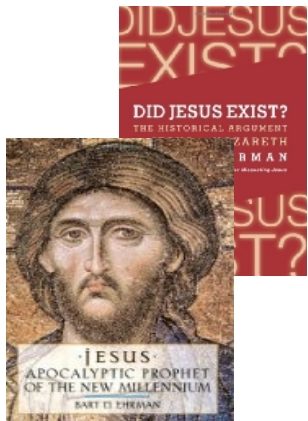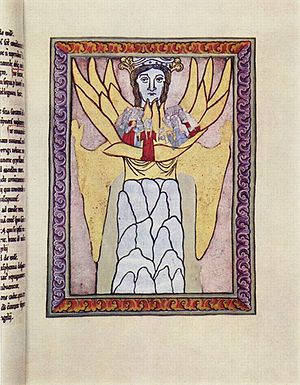I have finally caught up with the comments by Dr Mark Goodacre [MG] and Dr Richard Carrier [RC] since their radio discussion on the view that Jesus did not exist.
While RC, without the burden of having to mark student papers, is able to add around 7,000 words of recap and elaboration to the case he made on his blog, MG is confined to making only a few brief comments, at least one of which is no better than the disappointment we found in Bart Ehrman’s Did Jesus Exist?
A horrible thought occurs to me. What if it’s never going to get any better? Is this the best we will ever hear from the historicists?
No-one is faulting MG for doing his job. What is disappointing for many, I think, is that it is just at the point where his input is most urgently needed that he is too busy to respond. Will there ever come a time when he (or anyone) will engage with the questions his claims have left hanging?
He himself has rightly said:
– Sorry to those who were disappointed with the show, or my part in it. Please bear in mind that this is just a show, a conversation, a chat, a debate even; it’s not a “case”. I must admit that I enjoyed the opportunity to engage with Richard, who is clever and lively and whose discussion of method repays reflection. However, any such conversation is only going to be partial, frustrating, incomplete.
I am sure most of us enjoyed also listening to MG’s calm and pleasant manner in the way he engaged with RC. I am sure we all appreciated MG taking the time to be a part of this program. But unless there is some follow up from the historicist side even slightly comparable to the extent of RC’s followup, I think most of us will remain frustrated that one side of the debate is going to be forever partial, incomplete.
Maybe we have to face up to the reality that the historicist case is always going to be like that — that it will always lack the ability (including ability to find time) to advance a complete response to mythicism.
Interpolation: the same old . . .
Take this point for starters. MG in his latest response wrote:
– I think it’s worth underlining that the idea that 1 Thess. 2.14-17 [in which Paul appears to be saying that the Jews in Judea crucified Jesus] is an interpolation is made without any manuscript / textual evidence. Conjectural emendations are always possible, especially in weakly attested works, but should be avoided in cases like this where the impetus appears to be to eliminate a key piece of evidence, the apparent location of Jesus’ death in Judea.
Such a statement
(1) sidesteps the point I made about this passage and which (presumably) was partly the prompt for MG’s response here,
and it
(2) misrepresents the actual argument for interpolation. Continue reading “Goodacre-Carrier Debate: What if . . . . ?”











